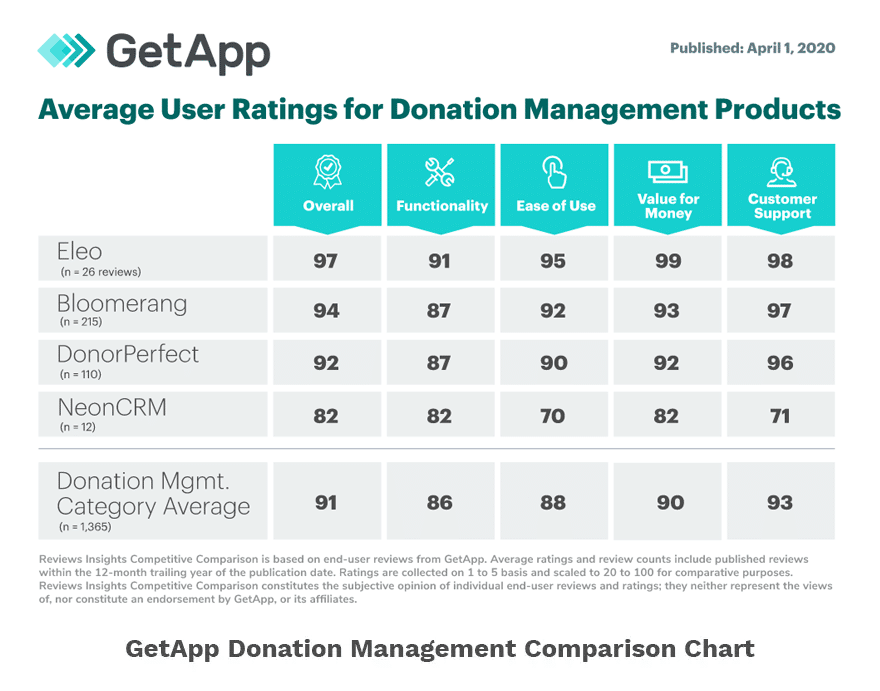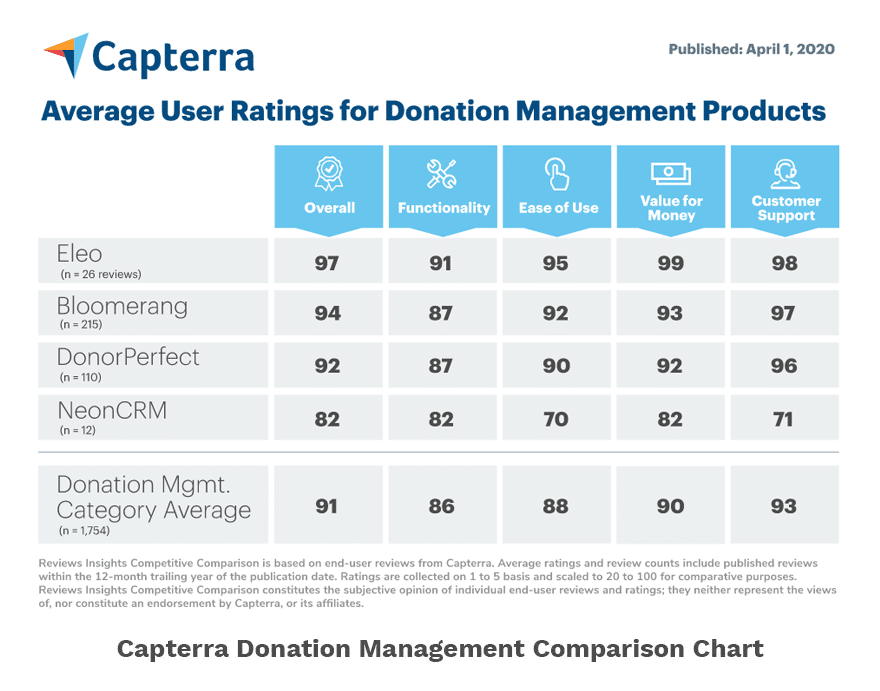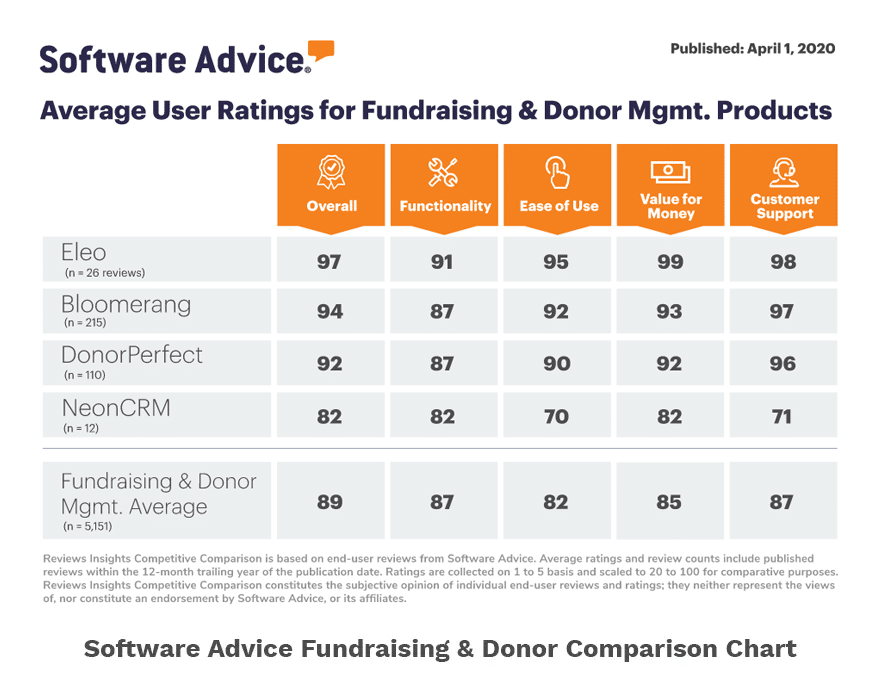
Turnover is a struggle in any industry. However, turnover rates in the nonprofit sector are significantly higher than the for-profit sector. While there are a number of industry forces at play, the important thing is for your nonprofit to get ahead of the issue and focus on nonprofit employee retention.
Curious about how to retain nonprofit professionals? Take a quick read below to learn 5 ways to successfully retain nonprofit staff.
#1 Nonprofit Employees Want to Work from Home
In a post-pandemic world, working from home may sound like an obvious offering. And while it is true that many direct care nonprofits aren’t able to support virtual work, other arenas of the nonprofit sector still need to prioritize this perk. Reason being – nonprofits usually don’t have the ability to offer large salaries and bonuses. So, it’s critical to create opportunities for employees to reduce their job-related costs.
Working from home creates a number of cost reduction scenarios. Things like – money spent on commuting, hours used to get ready in the morning, and the cost of buying office appropriate clothing – are all eliminated by working from home. Simply put – working from home puts money and time back in the pocket of your staff, thereby encouraging nonprofit employee retention.
#2 Flexible Schedules Are Desirable to Nonprofit Professionals
Flexible work schedules go beyond working from home. Flexibility means that your employee works when their schedule allows, as long as the job gets done. This can be a particularly appropriate offering for any fundraisers on your team. Fundraising is an “all hours of the day” type of role. Fundraisers typically meet with donors and prospects in the evenings, and regularly travel at off hours of the day to create optimal fundraising scenarios.
By giving fundraisers, and other applicable staff, the autonomy to create their schedule and track their own time, you open the door for employees to have more hours with their family, create opportunities for self-care, and take back a sense of control over their day-to-day lives. And, better work-life balance inherently leads to less turnover.
#3 Nonprofit Professionals Want to Build Their Skillsets
Retaining nonprofit employees isn’t a “set it and forget it” scenario. Your nonprofit needs to create a symbiotic, working relationship with all of your staff, top to bottom. That means, while they put time and energy into your success, you should also be investing time and energy into them. A great way to do this is to present opportunities for professional development. Anything from Excel mastery to nonprofit conferences to leadership workshops are on the table. In meetings with staff, your nonprofit should regularly ask in which professional arenas your employees would like to advance their skills. Your nonprofit foots the bill or creates the experience, and the employee expands their knowledge base and advances their professional expertise.
Sound expensive? The reality is that professional development needs to be a line item in your nonprofit’s budget. Providing opportunities for employees to engage in skillset building is another way to compensate your team, without giving out cash explicitly. Which leads us to the additional point that – the cost of turnover is immense; if you’re losing employees because they aren’t learning and feeling valued, you will pay a lot more in finding and onboarding new staff, than if you had just budgeted for professional development, from the start. If your nonprofit is worried about costs, check out companies like Skillshare and Udemy. They provide thousands of courses and classes for very reasonable yearly rates.
#4 Nonprofit Employees Desire Space for Creativity
In a corporate world, employees are generally placed in silos, where the only way to shift career paths is to leave a company entirely. Nonprofits function more like small businesses and therefore provide more space for flexibility and creativity, especially in terms of career development. Use this to your advantage!
Instead of restricting staff to rigid work roles, remain open to team members who would like to explore. Interests change across time. If you have an employee who is feeling stuck or bored, allow them to try new tasks, engage in a variety of projects, and learn the ropes across the industry. Not only does this strategy lead to higher employee morale, it also helps you retain nonprofit professionals.
#5 Provide Training and Support for You Nonprofit Professionals
As we recently discussed in Eleo’s ‘Steps to Successfully Onboard Nonprofit Staff’, training and support are critical to retaining nonprofit professionals. Bringing employees into their new role in an encouraging and interactive manner shows that you care about their experience with your company. Providing continued professional support through mentorship, regular team meetings, and shadowing experiences further showcases your nonprofit’s understanding that learning is nuanced. While training and support are time consuming endeavors, the energy your organization invests will directly correlate to the number of staff who stay with your team.
Conclusion
Nonprofit employee retention is no easy feat. As an organization with a limited budget and endless PR expectations, providing your employees with reasonable wages and a glowing professional experience can be daunting. Rest assured that there are ways to keep your team happy. By creating a positive work-life balance, providing professional development, ensuring people feel supported, and remaining flexible, your nonprofit puts itself a step above the rest when it comes to nonprofit employee retention.
While you continue to do the work to improve your staff retention stats, it’s important to recognize that turnover is bound to happen. Don’t beat yourself up! To help lessen the impacts of inevitable departures, stay tuned for Eleo’s future blog on how to prepare for staff turnover.





